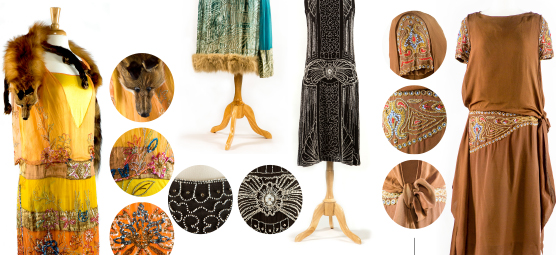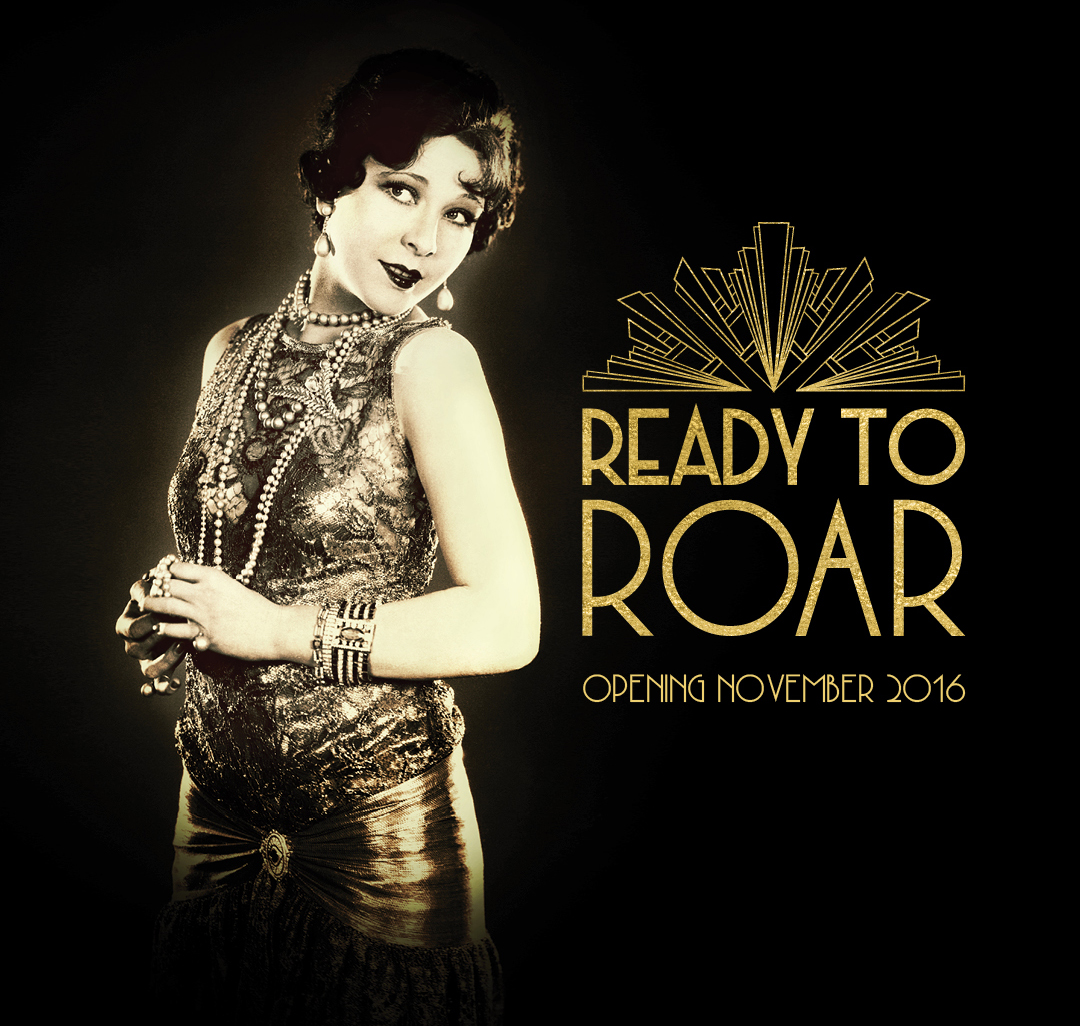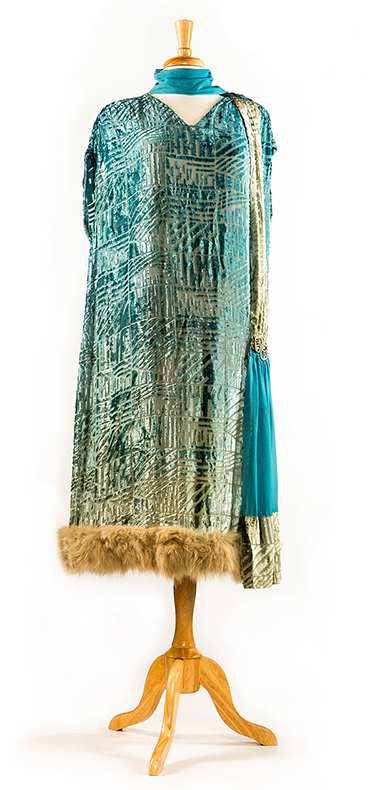In the 1920s, American women were Ready to Roar
Temporary exhibit examines Prohibition-era fashion

 In popular culture, representations of the 1920s “flapper” present a misleading image of an over-sexualized and rebellious woman breaking away from the traditions of her mother. This image, typically in movies, of young women dancing and drinking in shortened skirts and raised heels creates what amounts to a caricature to illustrate a supposed generational shift.
In popular culture, representations of the 1920s “flapper” present a misleading image of an over-sexualized and rebellious woman breaking away from the traditions of her mother. This image, typically in movies, of young women dancing and drinking in shortened skirts and raised heels creates what amounts to a caricature to illustrate a supposed generational shift.
The Ready to Roar exhibit, to be presented at The Mob Museum Friday, November 4, and continuing through February 2017, offers a window through which to view the changes women experienced during the Prohibition Era more clearly. Advances in consumerism, dating, fashion and travel altered the way women lived and understood their social identity and space. Today, we have a more accurate representation of women of that period — their social and political activism. Whether condemning “demon rum” or sitting at a speakeasy bar, women performed and facilitated their power by openly engaging in public activities, and they did it in the more carefree and liberated style of the time.
 The mass female consumerism of the 1920s emerged when women shifted from working in war factories during World War I to service and clerical jobs after the soldiers came home. Embedded in a growing urban economy, with individual wages, leisure time and a revolution in commercial products, women flexed their spending power as a source of freedom. Advertising companies targeted women’s pocket money by creating fashion and department store catalogs in conjunction with women’s magazines. Women grew more daring with makeup, and the cosmetics industry boomed. Leisure activities focused on “outings” where male-female mixing occurred more freely in dance halls, movie theaters and amusement parks.
The mass female consumerism of the 1920s emerged when women shifted from working in war factories during World War I to service and clerical jobs after the soldiers came home. Embedded in a growing urban economy, with individual wages, leisure time and a revolution in commercial products, women flexed their spending power as a source of freedom. Advertising companies targeted women’s pocket money by creating fashion and department store catalogs in conjunction with women’s magazines. Women grew more daring with makeup, and the cosmetics industry boomed. Leisure activities focused on “outings” where male-female mixing occurred more freely in dance halls, movie theaters and amusement parks.
A shift in the form of courting also occurred. The turn toward dating provided an exciting replacement to traditionally chaperoned meetings. Dating emphasized freedom of choice, open sexual expressions and fun. When the 18th Amendment and the Volstead Act took effect, speakeasies and underground clubs developed into exciting settings for rebellion. During the Prohibition Era, a new spending power and the acceptable arenas for male-female interaction created more venues for women to influence and explore their power.
A gradual evolution in 1920s women’s fashion created less restrictive and customizable clothing. Women wanted moveable fabric with a dropped waistline and a squared body. The mixing of fabrics for eveningwear became popular; dresses could be ornately decorated with glass beads, rhinestones, furs and fabric flowers. Many women still were not comfortable baring it all, which meant using sheer fabric as sleeves of varying length to create the perception of skin without actually showing it. The evolution of the hemline was one of the most interesting fashion trends during the Prohibition Era. By the mid-1920s it hit its all-time high to the kneecap. Nearing the end of the decade, skirts began to lengthen again, assisted by asymmetrical hemlines. Several different fabrics were needed to achieve this look. Semi-sheer overskirts, pleats and scalloped skirts aided in this deception. The illusion of bare skin symbolized another layer of female sexuality, embracing the freedom of new mobile clothing while leaving the actual perceived sexual nature of the dress to individual imaginations.
Travel and sportswear fashion were another new opportunity for women’s clothing, allowing them to be stylish yet comfortable. Vacations grew in popularity with the increasing availability of railroads and cars. Railroad companies created a luxurious aspect of travel, while cars became a cultural icon through mass production and consumer interest in privacy. This new private space provided another element for dating away from prying eyes.
Parents, teachers and clergy all panicked at what they saw as a sudden degeneration of morals, though it was mostly not new, just more visible. Prohibition-Era advances in consumerism, dating, fashion and travel created opportunities for women they could hardly have imagined in previous decades. The Ready to Roar exhibit, a collaboration between the Mob Museum and UNLV’s Public History Program, tells this story through authentic dresses and accessories from this life-transforming era in American history.
Feedback or questions? Email blog@themobmuseum.org





